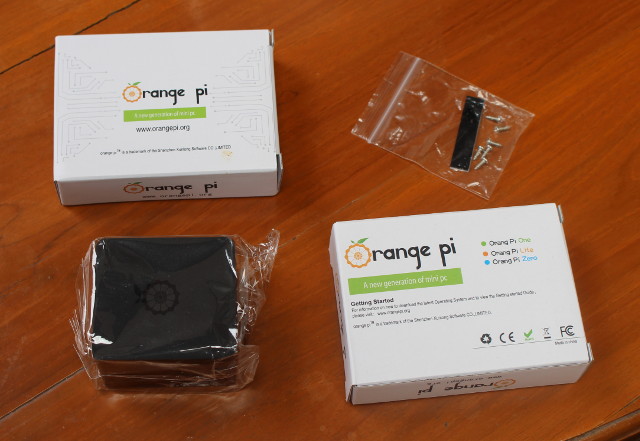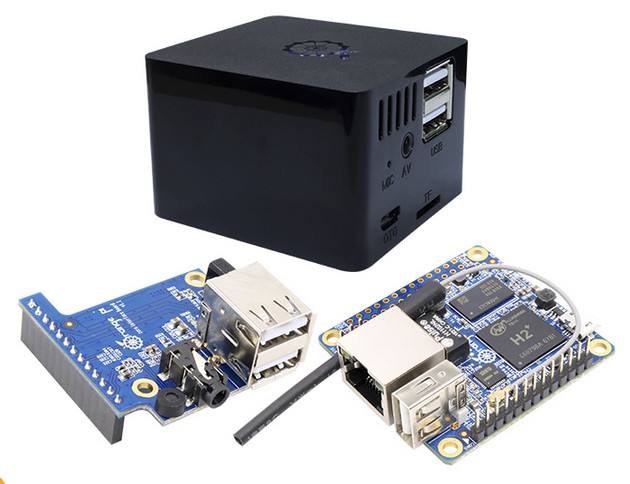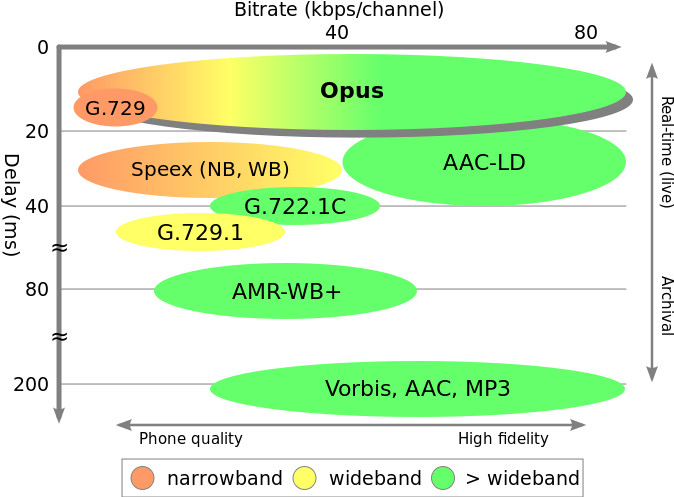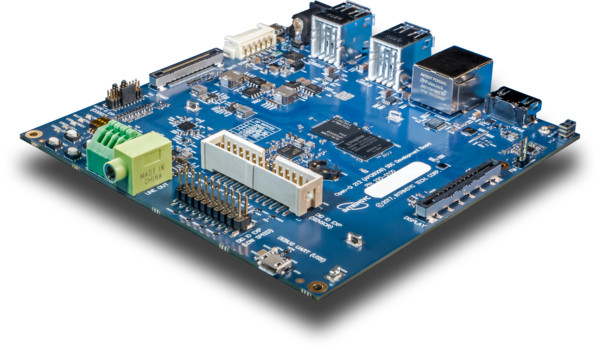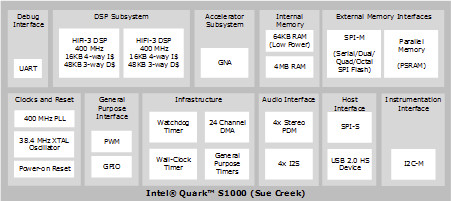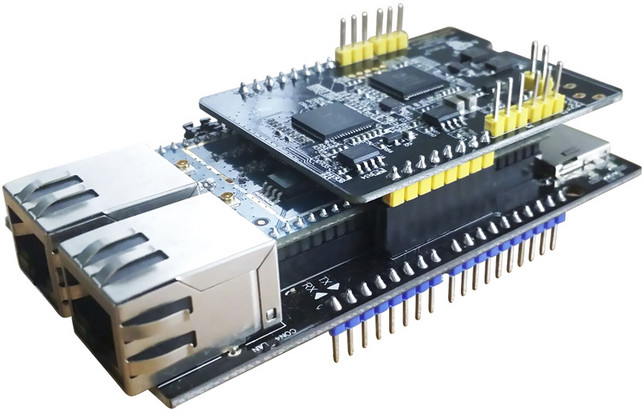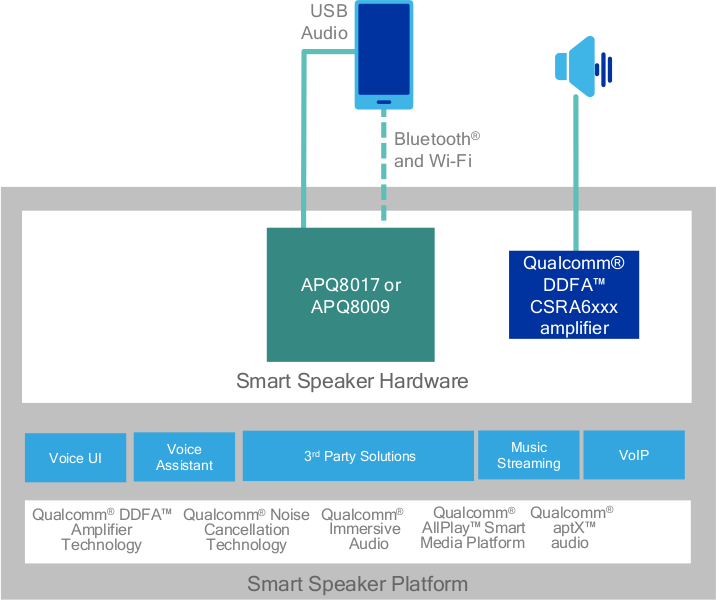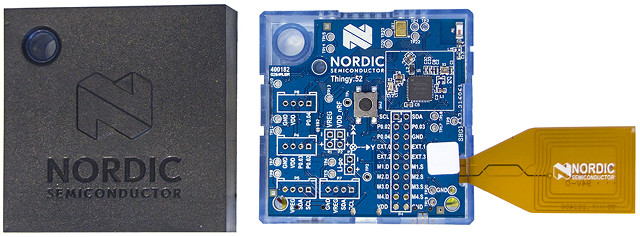A preview release of Google Assistant SDK working with Raspberry Pi 3 and other ARMv7 boards was released in May, and soon after, AIY Projects Voice Kit was offered for free with Raspberry Pi Magazine in order to a complete smart speaker kit working with RPi 3. I wanted to try it on one of FriendlyELEC or Shenzhen Xunlong Allwinner board, since all we need is audio input and output, and an Internet connection. Earlier this month, I came across Orange Pi Zero Set 6 Kit that had all I needed: Orange Pi Zero ARM Linux board, an expansion board with built-in microphone and audio output jack, and a cute and small case to neatly put everything together. Orange Pi Zero Set 6 Kit Unboxing and Assembly Shenzhen Xunlong sent me the kit so that I can try it out. The package includes two Orange Pi packages, the plastic case, […]
$13 Orange Pi Zero Set 6 Kit Could Make an Inexpensive DIY Google Home Alternative
Since Google released the Google Assistant SDK for Raspberry Pi 3, and other ARMv7 boards, I thought I should it try myself on one of the tiny headless boards I have, as you just need audio output and a microphone. I first planed to use NanoPi NEO board with NanoHAT PCM5102A audio board, a cheap USB microphone, and pair of speakers, but this morning, I’ve come across Orange Pi Zero Set 6 kit that looks perfect for this applications and sells for just $12.95 plus shipping ($18.27 in total for me) with Orange Pi Zero board, Orange Pi Zero interface board, and a case. Orange Pi Zero board is powered by Allwinner H2+ quad core Cortex A7 processor with 512MB RAM, and can run the required Ubuntu/Debian distribution using one of the Armbian images, and connected to the Internet over Ethernet or WiFi, however if you want to use the […]
Opus 1.2 Allows for High Quality Stereo Music @ 32 Kbps, Speech @ 12 Kbps
The Xiph.Org Foundation has recently announced the release of Opus 1.2 open-source audio codec with ever lower high-quality audio bitrate for music (32 Kbps) and speech (12 Kbps), faster encoding and decoding, and other tweaks to the standard and library. If you’ve never heard about Opus or need to refresh your memory, you may want to read my previous article about Opus Open Source Audio Codec. The developers improve music quality by “adjusting the bit allocation trim, improving tonality analysis with better frequency resolution, and improving quality on signals with a few very powerful tones”. You can compare Opus 1.0, 1.1 and 1.2, and MP3 at different bitrates on Xiph website. You’ll need a browser that supports Opus and MP3 in HTML5 for this to work (Chrome, Firefox, and Opera do), or you may hear another sample as if Opus support is missing the file will be played as a […]
Qualcomm Snapdragon 212 Boards – Intrinsyc Open-Q 212 and Kaynes Technology SKATE-212
Qualcomm Snapdragon 212 (APQ8009) quad core Cortex A7 processor is used in entry-level smartphones, but it’s also one of the processors which the company expects to use in their Smart Speaker Platform leveraging Google Assistant, Amazon Alexa, and other A.I. voice services. Two company has designed single board computers that can be used for this purpose: Intrisync Open-Q 212 and Kaynes Technology SKATE-212. Intrisync Open-Q 212 SBC Development Board Contrary to some other Open-Q boards, but not all, Open-Q 212 is not comprised of a baseboard and a system-on-module, as everything is soldered on a single PCB. Open-Q 212 specifications: SoC – Qualcomm Snapdragon 212 (APQ8009) quad core ARM Cortex A7 processor @ 1.267GHz with Adreno 304 GPU, QDSP6 DSP System Memory – 1GB LPDDR3 Storage – 8GB eMMC (non-POP) flash and micro SD card socket Connectivity – Ethernet, pre-scanned Wi-Fi 802.11n 2.4Ghz (WCN3610) with chip and U.FL antennas, Bluetooth 4.1 […]
Intel Quark S1000 “Sue Creek” Processor to Support On-Chip Speech Recognition
Intel may have announced plans to discontinue several of their IoT boards, but based on some documents I received, the company has not given up on the Quark family, although they may have given up on the Intel architecture for low power microprocessor, as Intel Quark S1000 – codenamed “Sue Creek” – will feature two Tensilica LX6 cores (yes, just like ESP32), and is designed to handle speech recognition at the edge (e.g. locally), so some of your voice commands should still work when Internet is down. Intel Quark S1000 key features and specifications: Digital Signal Processors Dual Tensilica LX6 cores @ 400 MHz with HiFi3 DSP Single precision scalar floating-point instructions 16KB 4-way I$; 48KB 4-way D$ Up to 2400 DMIPS, 3.2 GMACS (16×16), 800 MFLOPS of Compute Speech Accelerators A GMM (Gaussian Mixture Model) and neural network accelerator Low power keyboard and limited vocabulary recognition Up to 9.6 […]
Design Amazon Alexa Gateways, Robots and Smart Speakers with WisCore Modular Development Kit
RAK Wireless has launched a new development board powered by Mediatek MT7628A processor running OpenWrt with built-in WiFi and Ethernet connectivity, and audio codec and microphone to support Amazon Alexa voice service. Bluetooth, Zigbee, and Z-wave will also be supported via UART modules. Wiscore Specifications: Processor – Mediatek MT7628A MIPS24KEc CPU @ up to 580MHz System Memory – 128MB DDR2 (64 MB optional) Storage – 16 MB flash + micro SD card Audio MicroSemi ZL38062 for audio in and out MicroSemi ZL38067 to handle “Alexa” keyword single or dual digital microphone up to 5 meter range Far field voice wake up Support for echo cancellation Connectivity 802.11 b/g/n WiFi 2×2 MIMO up to 300 Mbps 2x 10/100M Ethernet (LAN and WAN) Optional UART modules for Bluetooth, ZigBeem Z-Wave USB – 1x USB 2.0 host port Expansion – Arduino headers with UART, I2C, SPI and GPIOs Power Supply – 5V via […]
Qualcomm Announces Audio Platforms for Smart Speakers, Headphones, and Hearables
Smart speakers are getting a lot of buzz recently with products like Amazon Echo or Google Home, and many home automation products are advertised with Amazon’s Alexa support, so that they can be controlled by voice commands. Qualcomm is now going after this market, and others audio markets via 5 new platforms for streaming audio, high resolution audio, wireless audio, USB -C audio devices – due to the “death” of the 3.5mm headphone jack -, and hearables. The five platforms include: Bluetooth and BLE Audio SoCs such as Qualcomm CSRA68100 for premium wireless speakers and headphones. The SoC comes with flash, DSP, a 2-ch audio CODEC, USB & I/Os interfaces. Qualcomm QCC3xxx entry-level Bluetooth audio SoC for mid to low-cost Bluetooth headsets and speakers. Qualcomm WHS9420 (192kHz/24-bit audio) and WHS9410 (entry-level) USB-C audio SoC for USB-C headphones Qualcomm DDFA Digital Amplifier Technology with CSRA6xxx amplifier Smart Speaker Platform shown above […]
Nordic Thingy:52 Bluetooth 5 IoT Sensor Development Kit Targets Mobile & Web App Developers
Some developers may be interested in providing solutions for the Internet of Things, but they may not have the skills or interest in making their own hardware, and/or develop firmware, and just want to create demos or prototypes quickly, focusing on app development instead. Nordic Semiconductors has recently launched Thingy:52 IoT Sensor Kit with Bluetooth 5 & NFC connectivity, and various sensors for those developers. Nordic:52 IoT Sensor development kit (nRF6936) hardware specifications: MCU – Nordic Semi nRF52832 ARM Cortex-M4F Bluetooth 5 System on Chip (SoC) Connectivity – Bluetooth 5 LE and NFC Sensors Temperature,Humidity, Air pressure, Air quality (CO2 and TVOC), color and light intensity 9-axis motion sensing – Tap detection, orientation, step counter, quaternions, euler angles, rotation matrix, gravity vector, compass heading, raw accelerometer, gyroscope, and compass data Audio Speaker for playing prestored samples, tones, or sound streamed over BLE (8-bit 8 kHz LoFi) Microphone streaming (ADPCM compressed […]


